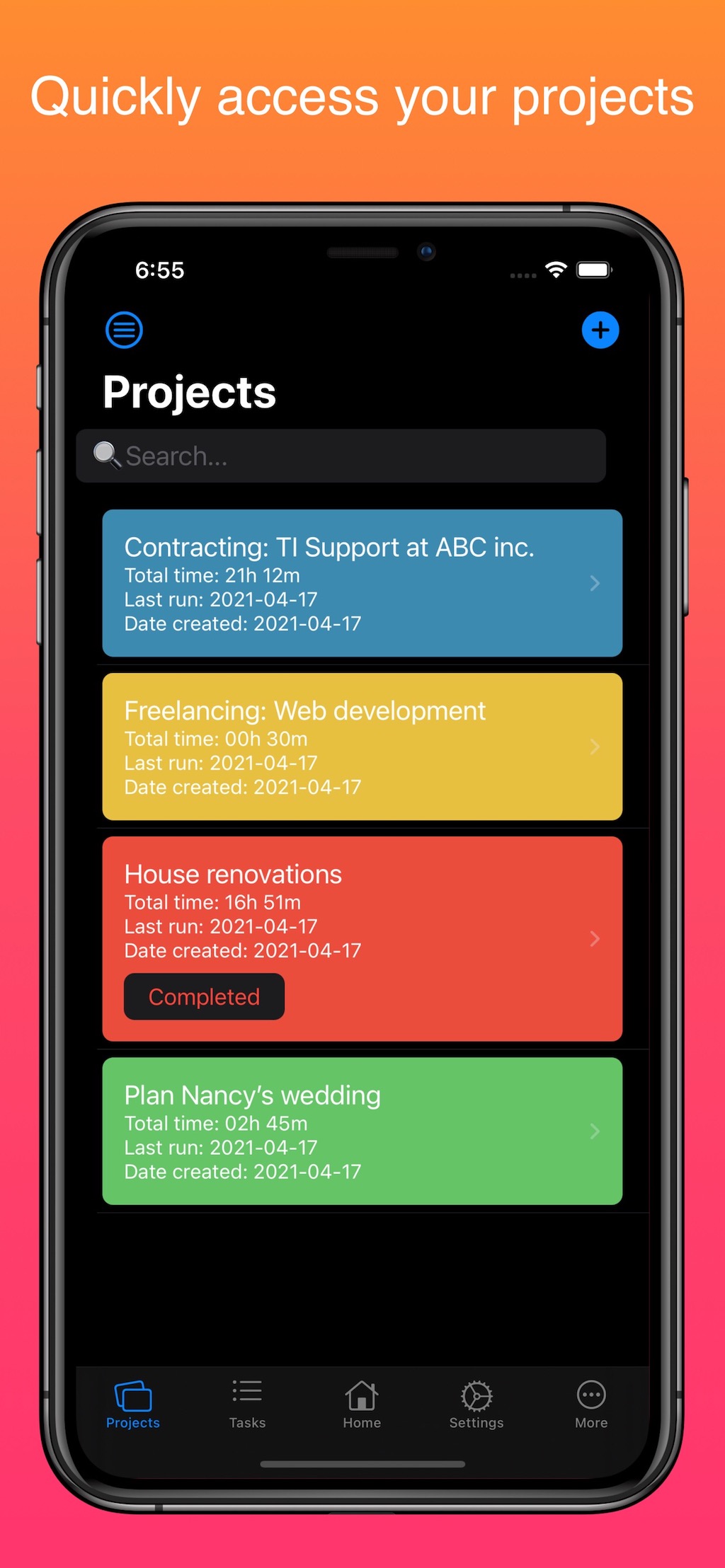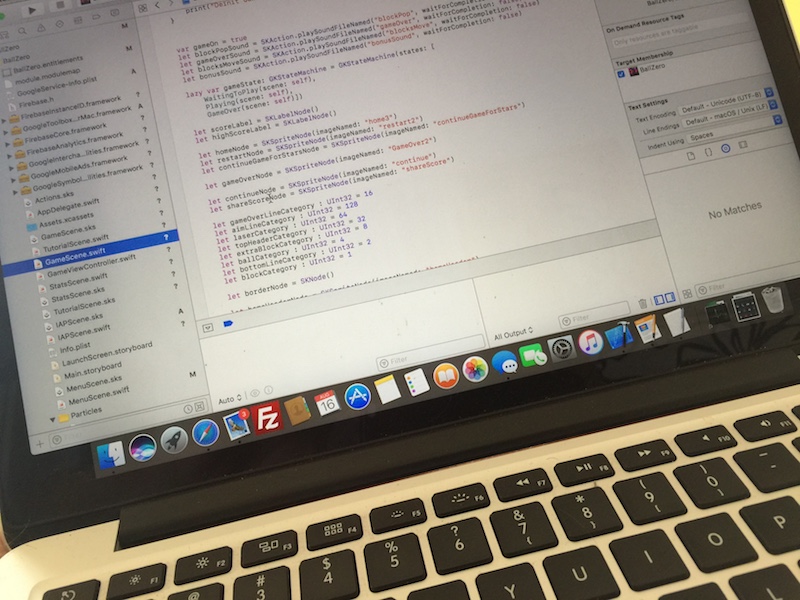The Golden Age of Shareware: How “Try Before You Buy” Revolutionized 1980s Software
Before app stores, before digital downloads, before the internet as we know it, there was shareware—a revolutionary distribution model that democratized software development and gave birth to some of the most beloved games and applications of the personal computer era.
What Was Shareware?
Shareware was elegantly simple: developers distributed their software freely, allowing users to try it before deciding whether to purchase a full version or registration. Unlike freeware (completely free) or commercial software (sold in boxes at stores), shareware operated on an honor system that reflected the early computing community’s idealism and trust.
The typical shareware model worked like this: you’d receive a functional version of the program, often with some limitations—maybe the first few levels of a game, reduced features, or frequent registration reminders. If you liked it, you’d mail a check to the developer, who would send you the full version, a printed manual, and sometimes bonus content or technical support.
The Perfect Storm of Circumstances
Several factors converged in the 1980s to make shareware viable. The personal computer revolution was underway, with machines like the Apple II, Commodore 64, and IBM PC finding their way into homes and small businesses. Yet commercial software was expensive, often costing $50 to $100 or more—substantial money in 1980s dollars.
Distribution was another key factor. Bulletin Board Systems (BBS) emerged as digital gathering places where users could dial in with modems and download files. Computer user groups held regular meetings where members swapped floppy disks. These grassroots distribution channels cost developers almost nothing, bypassing the expensive retail distribution system that traditionally gave publishers their stranglehold on the industry.
The Pioneers
Bob Wallace coined the term “shareware” in 1983 with his word processor PC-Write, but the concept had earlier roots. Andrew Fluegelman’s PC-Talk communication program (1982) used what he called “freeware”—though his definition meant something closer to what we’d call shareware today.
The model truly exploded with games. Scott Miller’s Apogee Software pioneered the “episodic” approach with games like Kingdom of Kroz and Beyond the Titanic, offering the first episode free and charging for subsequent installments. This strategy would later birth Commander Keen and Duke Nukem, making Apogee a shareware powerhouse.
Jim Knopf’s PC-File database program demonstrated that business software could thrive under the shareware model. His company, ButtonWare, proved that treating customers with respect and offering genuine value could build a sustainable business without traditional marketing or retail presence.
The Culture and Community
Shareware wasn’t just a business model—it was a philosophy. Many developers included personal notes in their documentation, sharing their stories and motivations. Registration often felt like joining a club rather than merely purchasing a product. Some developers became celebrities within the community, known for their responsiveness to user feedback and their willingness to engage directly with their audience.
The Association of Shareware Professionals, founded in 1987, attempted to codify standards and protect the shareware brand from those who abused the honor system or misrepresented their products. The organization helped legitimize shareware in the eyes of both users and the press.
Why It Worked
The shareware model succeeded because it aligned incentives beautifully. Users got to evaluate software risk-free before spending money—crucial when a bad purchase meant wasting a significant sum. Developers received direct feedback from users and captured revenue they might never have seen through traditional channels. The low barrier to entry meant talented programmers could reach audiences regardless of their business connections or capital.
The honor system worked better than cynics might have predicted. While piracy certainly existed, enough users paid to make shareware viable for hundreds of developers. Many users reported feeling a genuine obligation to register software they used regularly, and some even paid for programs they’d stopped using, simply to support developers they respected.
The 25 Most Popular Shareware Programs of the 1980s
- PC-Talk (1982) – Andrew Fluegelman’s pioneering terminal emulator and communications program
- PC-Write (1983) – Bob Wallace’s full-featured word processor that coined the term “shareware”
- PC-File (1982) – Jim Knopf’s database management system from ButtonWare
- PC-Calc (1983) – ButtonWare’s spreadsheet program that competed with Lotus 1-2-3
- Qmodem (1984) – John Friel’s terminal program that became the standard for BBS communication
- ProComm (1985) – Another essential communications program that rivaled Qmodem
- PKZip (1989) – Phil Katz’s revolutionary file compression utility
- LIST (1983) – Vernon Buerg’s lightning-fast file viewer
- NewKey (1984) – Frank Bell’s keyboard macro program
- PC-Outline (1984) – Brown Bag Software’s outlining tool for organizing thoughts
- Sidekick (1984) – Borland’s memory-resident desktop organizer (initially distributed as shareware)
- TheDraw (1986) – Ian Davis’s ANSI art editor beloved by BBS sysops
- Kingdom of Kroz (1987) – Apogee’s ASCII-based adventure game
- Commander Keen (1990) – id Software’s platform game that revolutionized PC gaming (released late ’80s development)
- Telix (1986) – Colin Sampaleanu’s terminal emulator with scripting support
- As-Easy-As (1986) – TRIUS Inc.’s Lotus 1-2-3 clone spreadsheet
- PC-Deskteam (1985) – Abacus Software’s desktop organizer suite
- Automenu (1985) – Marshall Magee’s menu system for DOS
- MegaEdit (1985) – A powerful programmer’s text editor
- EGA Paint (1987) – An early graphics program for EGA displays
- Nyet (1987) – Andrey Smirnov’s Tetris clone that spread rapidly
- Wheel of Fortune (1987) – ShareData’s game show adaptation
- Ruby Volume (1-3) (1988-1989) – Apogee’s puzzle-adventure series
- PC-Browse (1985) – A database viewer for dBASE files
- TickleX (1985) – A calendar and reminder program
These programs represented the cream of the shareware crop, distributed through BBS systems, user groups, and mail-order shareware catalogs. Many users’ first experience with shareware came through one of these titles, often copied from a friend’s floppy disk or downloaded over a 1200-baud modem connection. Together, they demonstrated that shareware could deliver quality software across every category, from utilities to games to business applications.
The Legacy
By the early 1990s, shareware had proven that alternative distribution models could work. The industry produced classics like Wolfenstein 3D, DOOM, and Civilization, titles that helped define their genres. Business applications like WinZip and Paint Shop Pro became indispensable tools for millions.
While the rise of the internet and digital marketplaces has transformed software distribution, shareware’s DNA persists in modern practices: free trials, freemium models, early access programs, and indie game distribution all echo the principles established by those pioneering developers of the 1980s.
The shareware era represented something special—a moment when the personal computer industry was still small enough that individual developers could make meaningful connections with their users, and idealistic enough that many people on both sides of the transaction believed in doing the right thing. It was the try-before-you-buy model that taught an industry you could trust your customers, and more often than not, they’d trust you back.



